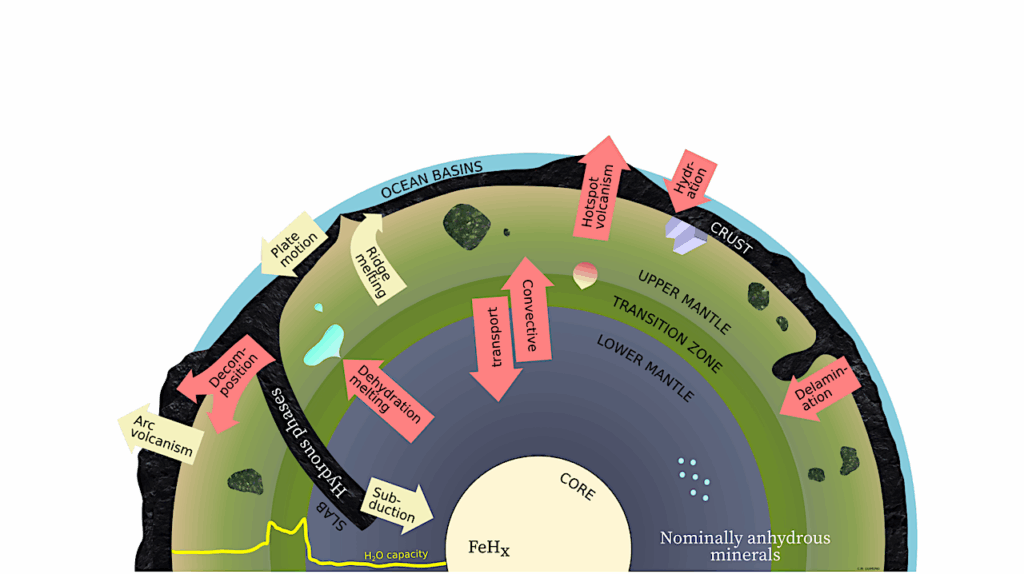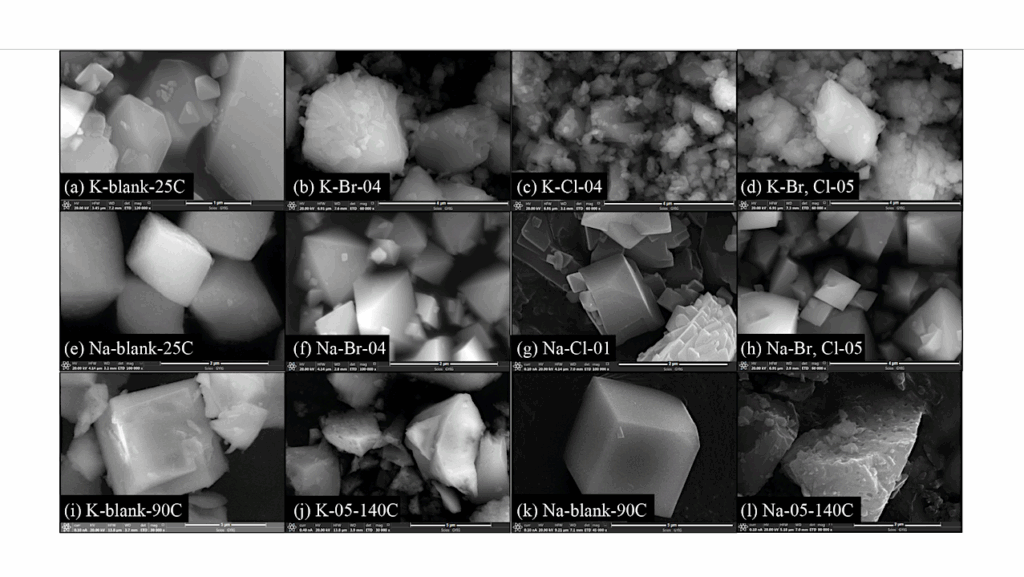Linking The Evolution of Terrestrial Interiors And An Early Outgassed Atmosphere to Astrophysical Observations

A terrestrial planet is molten during formation and may remain so if subject to intense insolation or tidal forces. Observations continue to favour the detection and characterisation of hot planets, potentially with large outgassed atmospheres.
We aim to determine the radius of hot Earth-like planets with large outgassed atmospheres and explore differences between molten and solid silicate planets and their influence on the mass-radius relationship and transmission and emission spectra. An interior-atmosphere model, combined with static structure calculations, tracks the evolving radius of a rocky mantle that is outgassing CO2 and H2O. Synthetic emission and transmission spectra are generated for CO2 and H2O dominated atmospheres.
Atmospheres dominated by CO2 suppress the outgassing of H2O to a greater extent than previously realised, as previous studies have applied an erroneous relationship between volatile mass and partial pressure. We therefore predict more H2O can be retained by the interior during the later stages of magma ocean crystallisation. Furthermore, formation of a lid at the surface can tie outgassing of H2O to the efficiency of heat transport through the lid, rather than the atmosphere’s radiative timescale. Contraction of the mantle as it solidifies gives ∼5% radius decrease, which can partly be offset by addition of a relatively light species to the atmosphere.
We conclude that a molten silicate mantle can increase the radius of a terrestrial planet by around 5% compared to its solid counterpart, or equivalently account for a 17% decrease in bulk density. An outgassing atmosphere can perturb the total radius according to its speciation. Atmospheres of terrestrial planets around M-stars that are dominated by CO2 or H2O can be distinguished by observing facilities with extended wavelength coverage (e.g., JWST).
Dan J. Bower, Daniel Kitzmann, Aaron S. Wolf, Patrick Sanan, Caroline Dorn, Apurva V. Oza
(Submitted on 17 Apr 2019)
Comments: 16 pages, submitted to A&A, abstract shortened
Subjects: Earth and Planetary Astrophysics (astro-ph.EP)
Cite as: arXiv:1904.08300 [astro-ph.EP] (or arXiv:1904.08300v1 [astro-ph.EP] for this version)
Submission history
From: Patrick Sanan
[v1] Wed, 17 Apr 2019 14:56:01 UTC (7,164 KB)
https://arxiv.org/abs/1904.08300
Astrobiology








